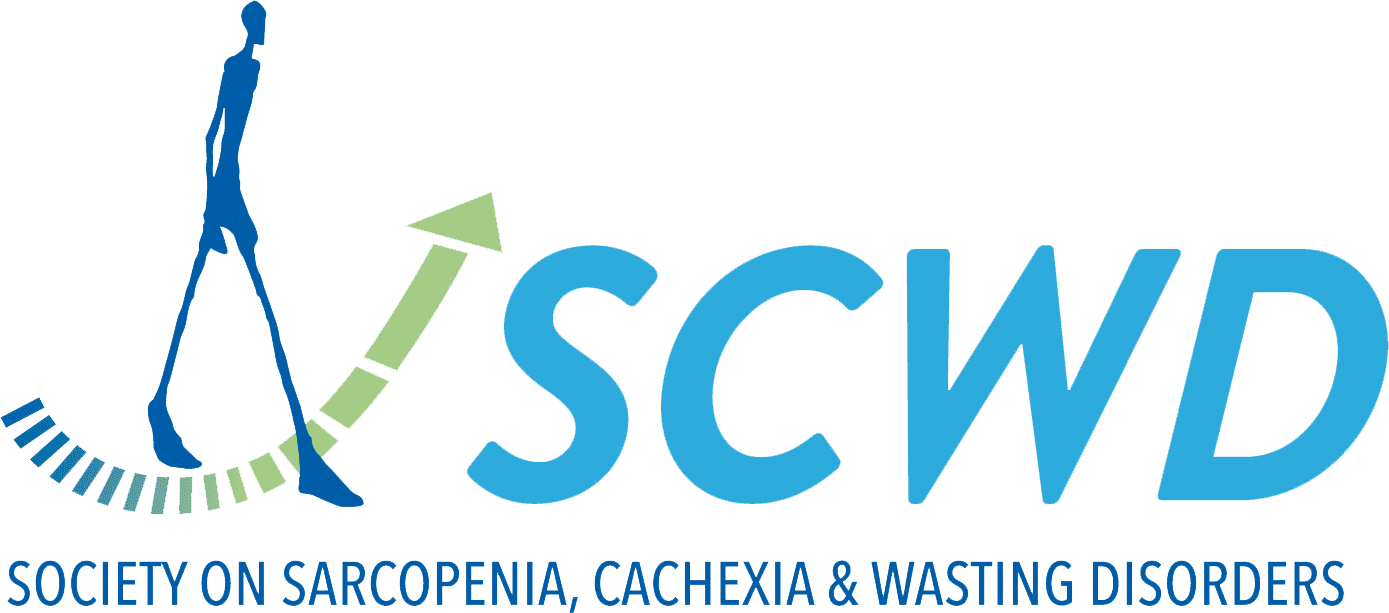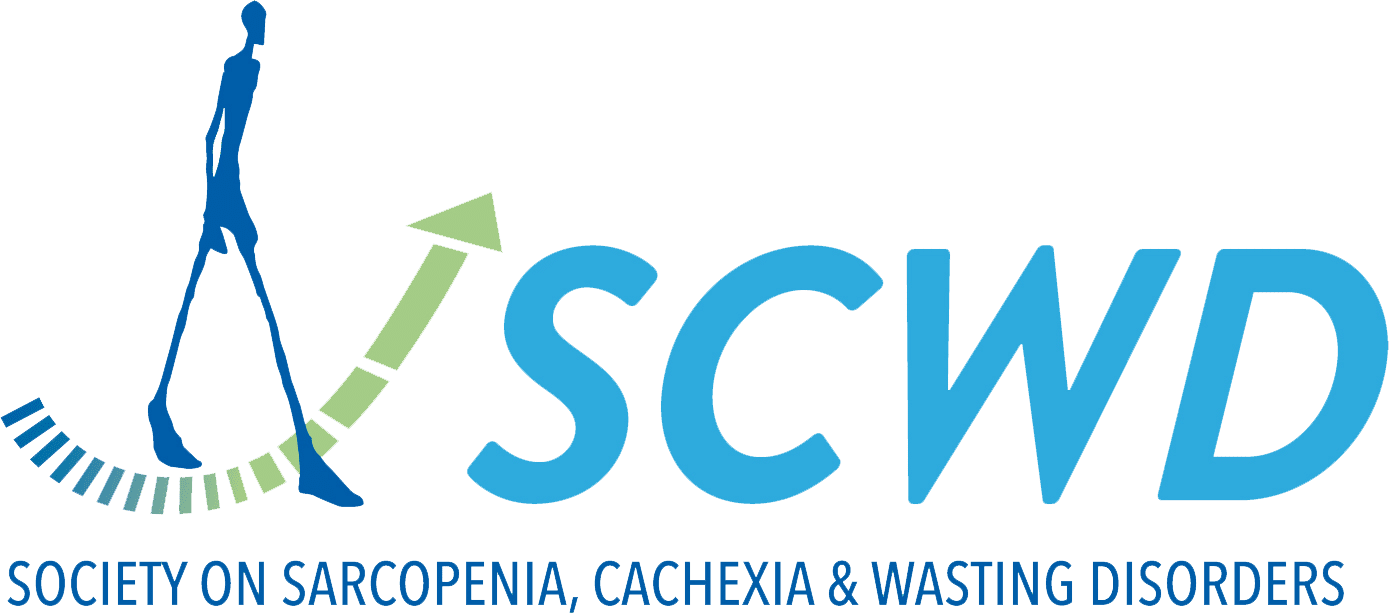The role of sarcopenia-associated mitochondrial dysfunction in recovery post-arthroplasty
Article: Mitochondrial function, grip strength, and activity are related to recovery of mobility after a total knee arthroplasty
Total knee arthroplasty (TKA) is the main procedure used to treat end-stage osteoarthritis. Although it is a highly successful treatment associated with 10-year survival in over 90% of cases, approximately 25% of patients experience unsatisfactory functional outcomes. Poor recovery rates after TKA have been linked to sarcopenia, a condition up to 44% of patients undergoing TKA suffer from.
Mitochondrial dysfunction is one of sarcopenia’s major drivers. Despite this, mitochondrial function’s role in recovery post-TKA remains unknown.
The aim of this study was to investigate the link between mitochondrial function at baseline and recovery after TKA. To do so, activity after TKA was monitored using a wrist mounted tracker. From this data, the relationship between activity and traditional outcome measures (e.g. grip strength) associated with recovery was clarified.
Key learnings:
Mitochondrial function before surgery, specifically CP5 abundance, was found to be significantly correlated with postoperative recovery in mobility. As such, mitochondrial dysfunction is a relevant target for pharmacologic strategies seeking to treat sarcopenia.
Moreover, higher activity (mean daily number of steps) and stronger grip strength before surgery were associated with faster recovery following TKA. Activity during the recovery period was further correlated with improved functional outcomes. A sedentary lifestyle has been shown to reduce mitochondrial function in skeletal muscle. Exercise increases mitophagy, i.e. the removal of dysfunctional mitochondria by the cell, which could explain its key role in recovery post-TKA.
Reviewed by: S. Duarte
Authors: van Diemen MPJ, Kruizinga MD, Benard MR et al.
Published in: Clinical and translational science 2022


